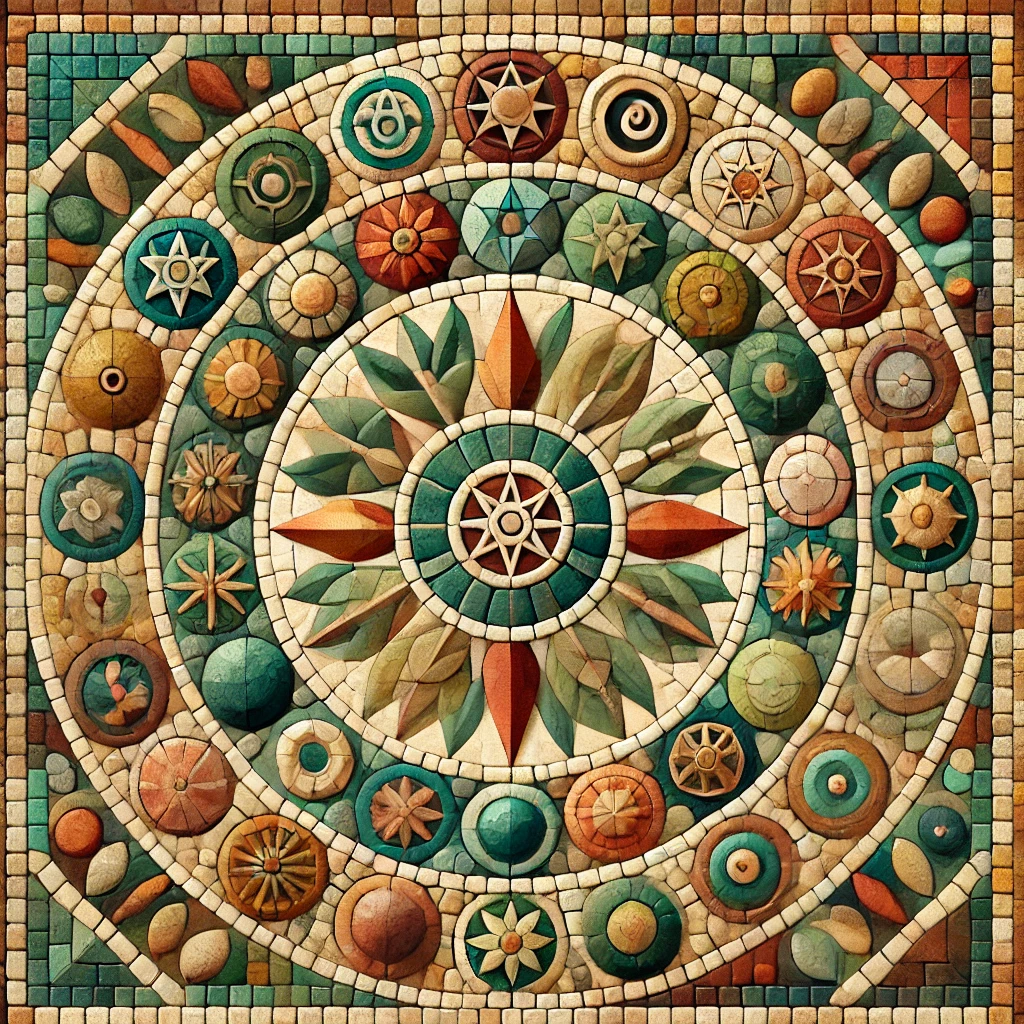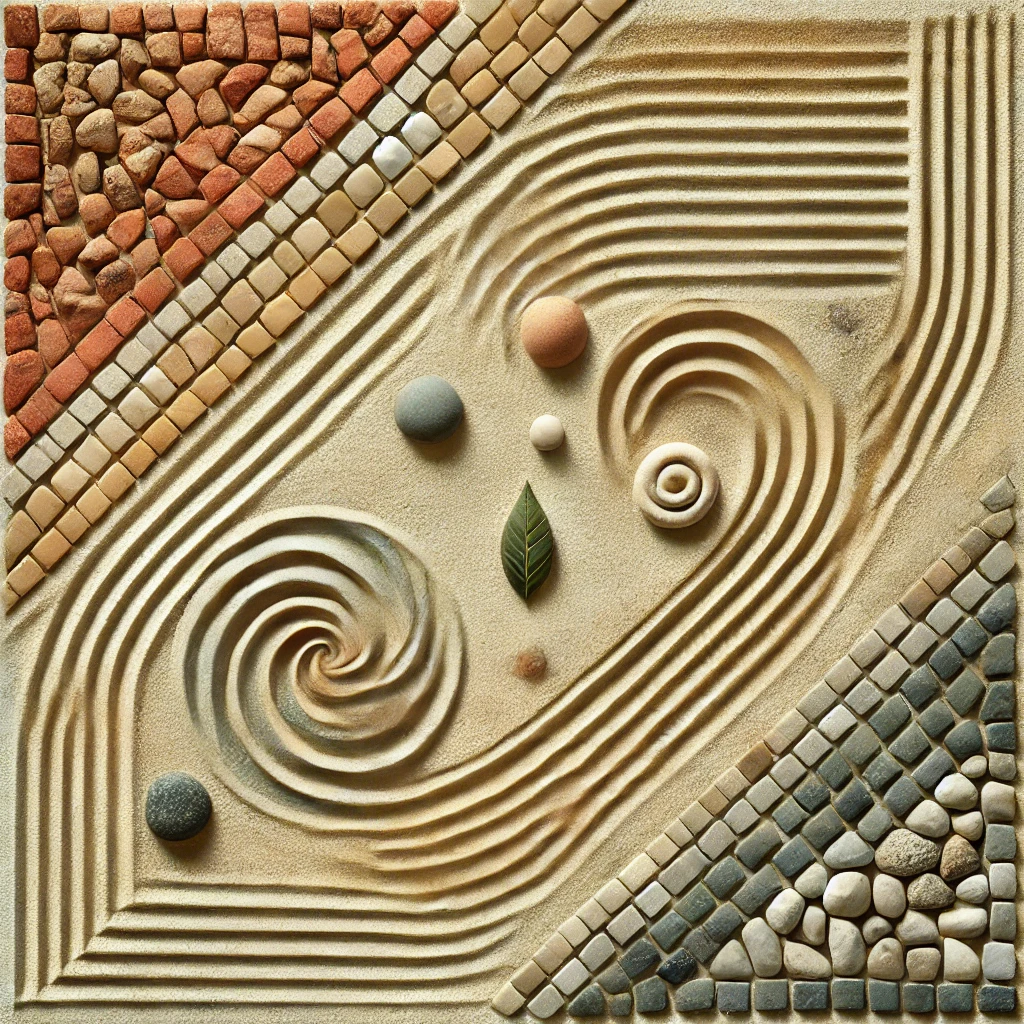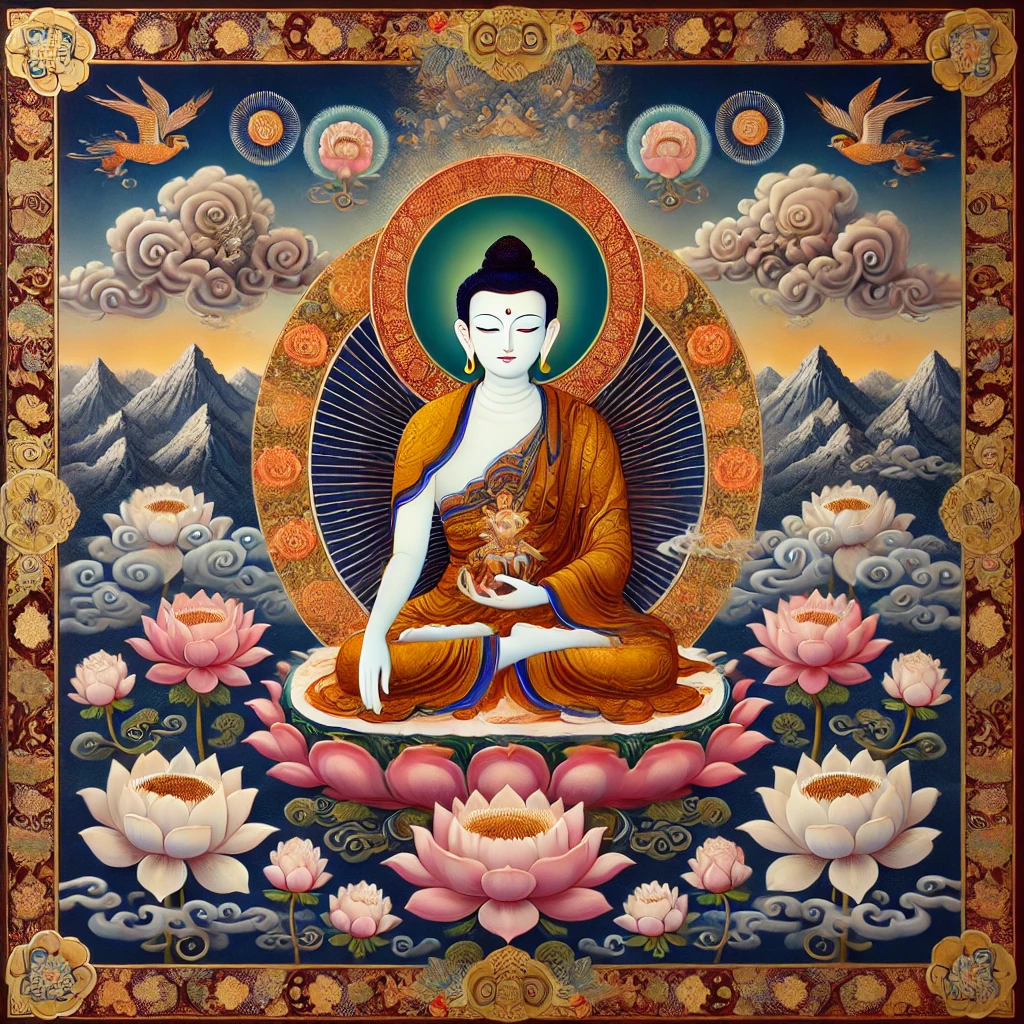When a powerful image arrives—whether in dream or fantasy—it rarely comes with explanation. It arrives unannounced. It stirs something inside. And if we are patient, it begins to speak.
In depth work, we are asked to stay with the image. To allow it to unfold on its own terms. To listen without rushing toward meaning. The ego often wants clarity. The soul wants depth.
The psyche does not simply produce symbols. It is symbolic. The unconscious world presents images that reveal the state of our inner life. They are not things to figure out. They are expressions of the soul’s movement.
Active imagination is one way of approaching this symbolic life. We return to the image, not with analysis, but with attention. We enter into relationship with it. We dialogue, draw, write, or sit with it. What matters most is the quality of presence we bring.
There may be no response at first. The image may not change. But the act of staying with it—of not reducing it to a concept—can allow something deeper to emerge.
James Hollis speaks of images as living expressions of the soul’s reality. They contain feeling, instinct, memory, and desire. They are not abstract. They carry emotion and energy.
When we engage the image in active imagination, we open the space for a deeper conversation. We are no longer outside the image, commenting on it. We are in it. That shift in posture makes all the difference.
Some images carry pain. Others evoke longing. Some confuse us or evoke fear. These reactions are not obstacles. They are part of the image’s energy. When we allow those feelings to be present, we move closer to the soul’s terrain.
We are not trying to control the image. We are receiving it. Staying with it. Noticing how it moves or resists movement. Active imagination is not performance. It is not visualization. It is not fantasy for distraction. It is a way to deepen our contact with the unconscious.
Jung reminds us that psyche is autonomous. It cannot be forced. But it responds to care, to presence, to ongoing attention. Just as in a human relationship, something shifts when we stop trying to explain and simply listen.
In time, the image may shift or speak. A gesture may appear. A word may rise. A symbol may unfold into a story. But even if nothing dramatic happens, something essential is already occurring. We are giving the soul room to breathe.
This work also invites us to carry the image forward into life. To let it shape our choices, or reflect on it as we walk or write. Sometimes the image serves as a threshold. A door between what we know and what we are being asked to grow into.
The symbolic life is never tidy. It is often full of contradiction. That is why Hollis encourages us to live the question rather than demand the answer. The image is wiser than our will.
There is value in staying close to the particular. Not trying to generalize or universalize the image too quickly. What matters is this image, now, with its distinct shape and mood.
In this way, active imagination becomes a sacred practice. It respects the autonomy of the soul. It honors the image without dissecting it. And over time, it changes how we live.
We begin to notice more. To feel more. To allow meaning to arise, rather than chase it. That is the way of the symbolic life. That is the way of the soul.
Tim – Soulful Nuggets Team
This blog is a reflection on the course ‘Introduction to Jungian Psychology‘ taught by James Hollis .





